Our aim is to continually enhance the functionality of component through innovative, eco-friendly and low-cost finishing solutions – and hence to contribute to our customers’ success. Therefore, we have developed electroplating systems which perform complex functions to perfection.
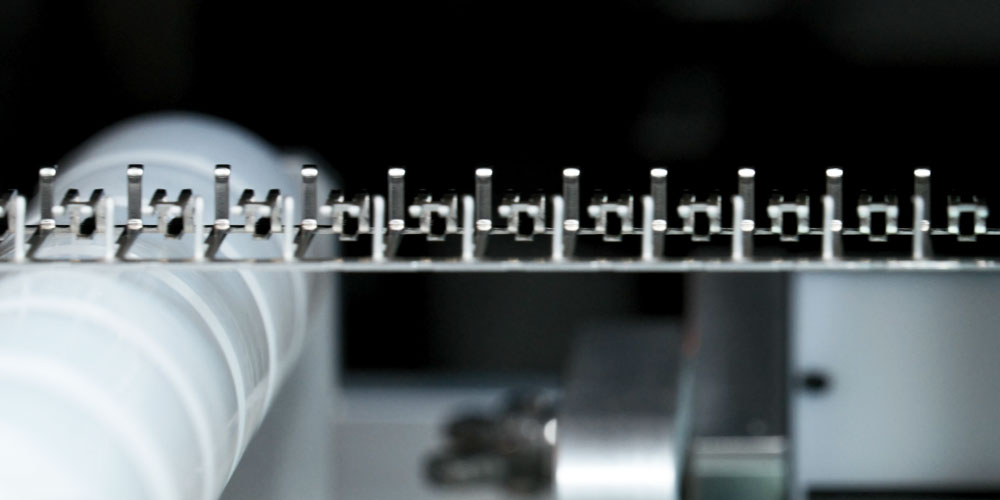
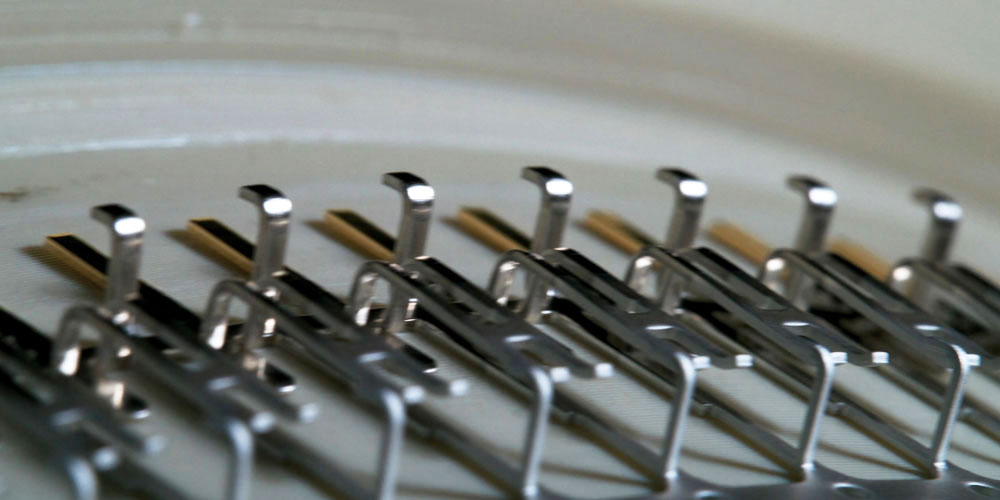
The silver plating process not only provides an aesthetically pleasing appearance but also excellent electrical conductivity. It is commonly used as a plating layer for terminals or lead frames in high-voltage connectors, as well as for surface plating in resistance welding. Generally, silver plating is categorized into standard silver plating and hard silver plating. Hard silver plating enhances the hardness of the coating, offering superior wear resistance, making it suitable for applications such as wear-resistant connectors, terminals, and switch contacts.

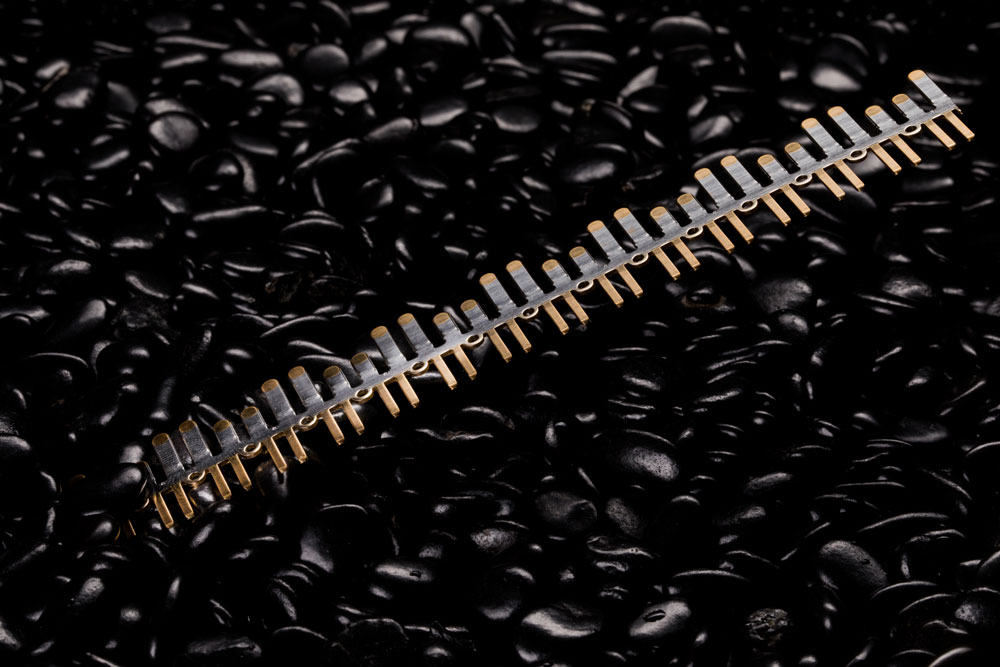
Gold plating is renowned for its excellent electrical conductivity, thermal conductivity, and outstanding solderability. It plays a crucial role in electronic connector applications, where conductivity and corrosion resistance are vital to the performance and durability of the connectors. Gold plating is generally categorized into hard gold and soft gold. Hard gold typically consists of gold/cobalt, gold/nickel, or gold/iron coatings, offering higher hardness and primarily used for contact surface plating. Soft gold plating, with a gold content exceeding 99.9%, is mainly applied to surfaces for soldering or wire bonding in fine and coarse lines.
Tin plating is the process of depositing a solderable tin layer onto a material's surface using electroplating techniques. Tin is relatively more accessible and less expensive than noble metals like gold and silver. Tin plating is commonly used to enhance solderability and conductivity while protecting electronic components from oxidation. Tin plating is typically categorized into pure tin and tin alloys to meet various application requirements.
Silver-Tin Alloy (IMOC Advanced AgSn): This alloy complies with RoHS requirements and offers superior lubrication and wear resistance. Compared to traditional tin plating, it provides enhanced resistance to tin whiskers, improved cold welding properties, and is primarily used for crimp terminals.
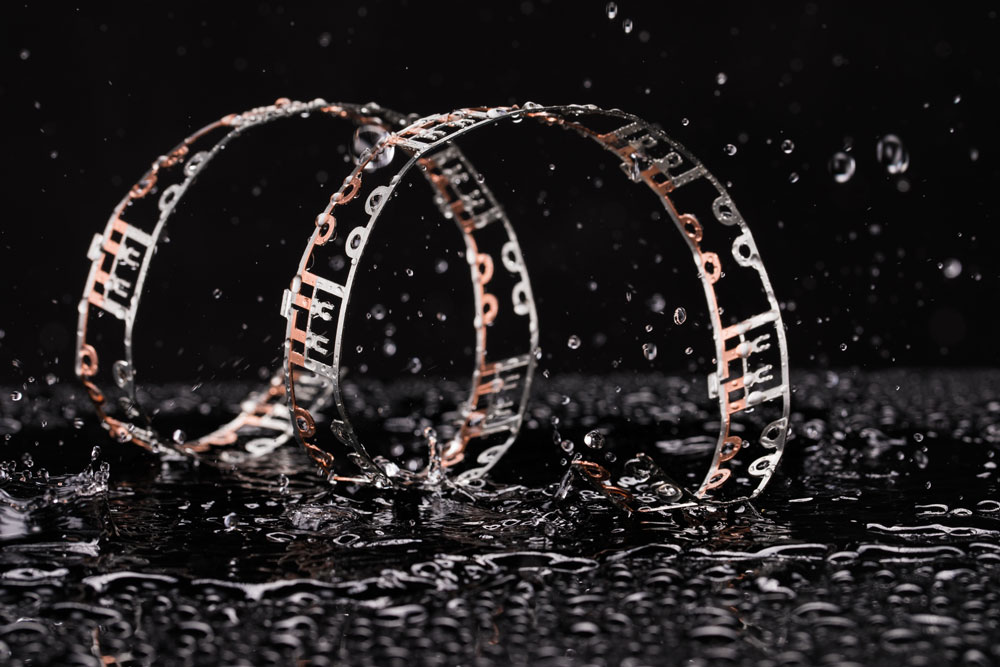
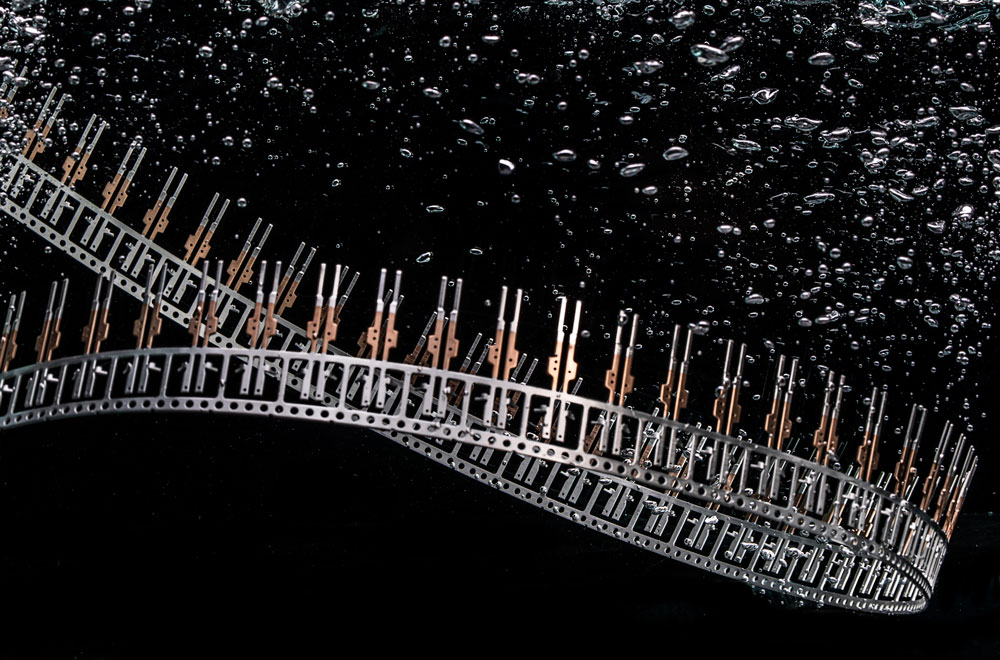
The copper plating layer is a cathodic coating that primarily provides mechanical protection for the substrate metal. Copper plating is typically not used independently as a protective or decorative coating. Instead, it serves as a base or intermediate layer to enhance the adhesion between the surface coating and the substrate metal.
Nickel's elasticity and versatility make it a primary material in the electroplating industry. The nickel plating layer is a cathodic protective coating, offering only mechanical protection to the underlying metal. Nickel plating is often used as a base or intermediate layer to prevent diffusion and improve the adhesion of subsequent functional coatings. It is categorized into pure nickel and nickel alloy layers. Nickel alloy layers are primarily applied to surfaces for soldering or wire bonding in fine and coarse lines.


Complying with RoHS requirements, it offers superior lubrication, enhanced resistance to tin whiskers, and improved cold welding performance compared to tin plating. Additionally, it provides better retention and is primarily used for crimp terminals.
The process of depositing pure palladium metal or its alloys onto a metal surface is primarily used to enhance corrosion resistance, wear resistance, and aesthetics. It also improves the metal's electrical conductivity and resistance to high-temperature oxidation. Palladium plating is mainly categorized into pure palladium and palladium alloy plating. Pure palladium plating is commonly applied to wire bonding surfaces in high-temperature working environments, while palladium alloy plating is typically used in combination with gold to reduce the thickness of the gold layer.
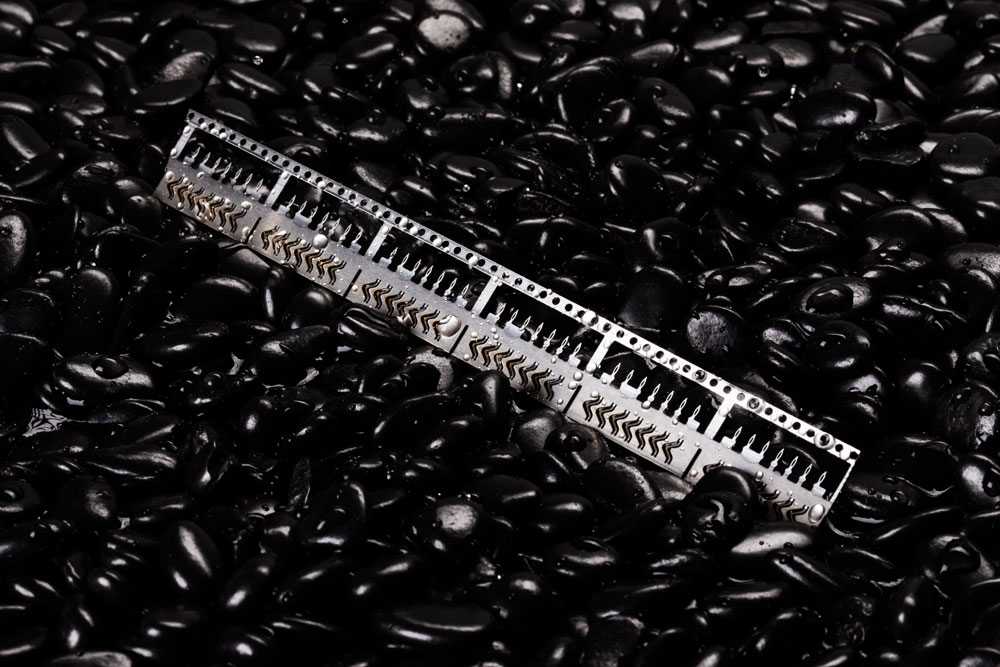

The process in which two or more metal ions co-deposit on a cathode from a single solution to form a uniform and fine coating is known as alloy electroplating. Alloy electroplating surpasses single-metal electroplating in terms of crystal density, coating porosity, appearance, hardness, corrosion resistance, wear resistance, magnetic properties, friction reduction, and high-temperature resistance.